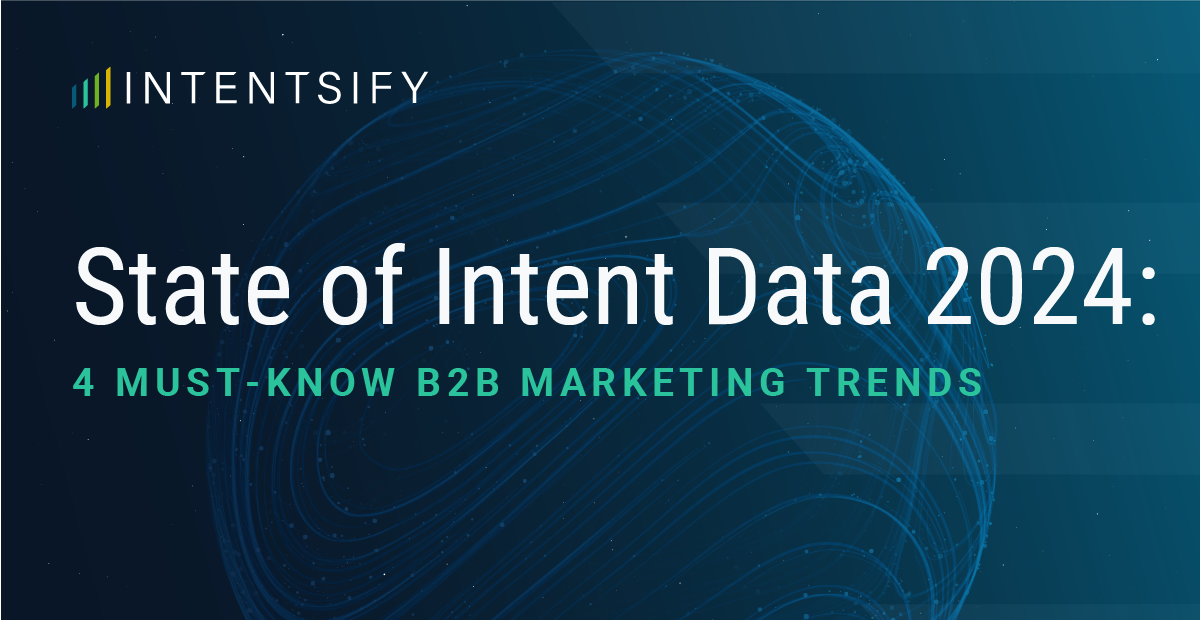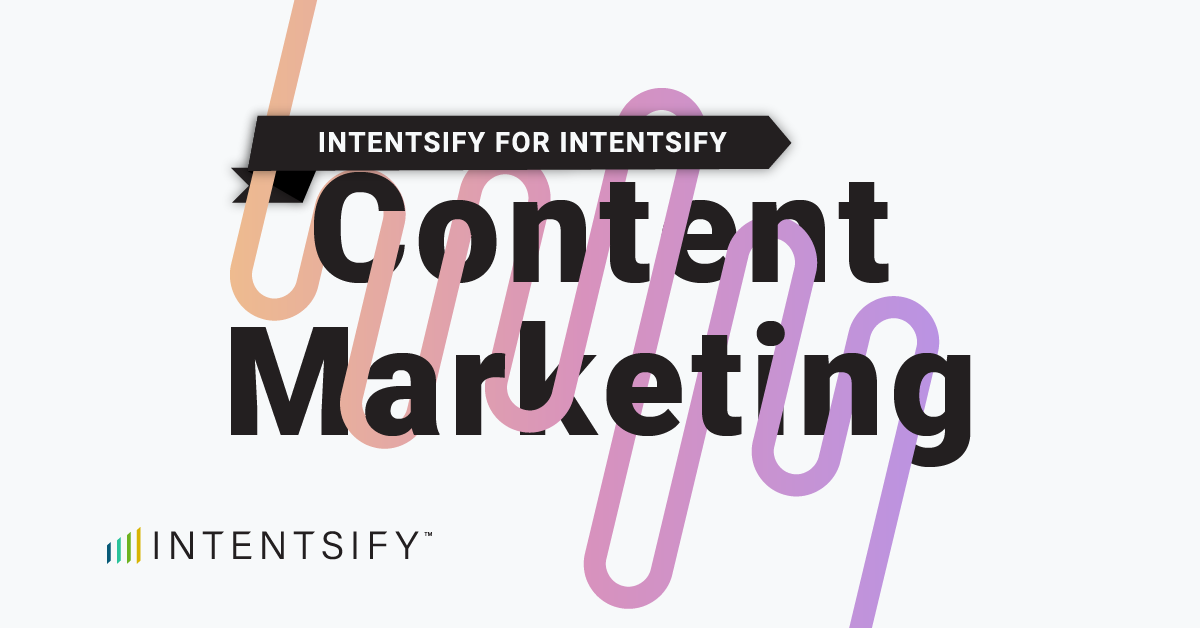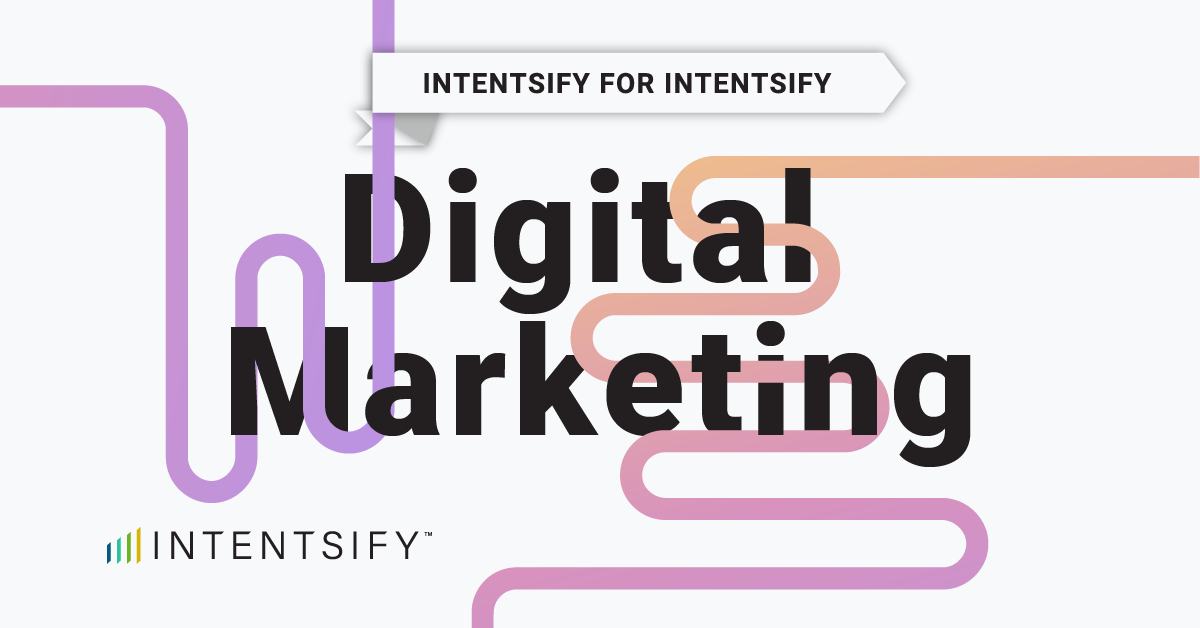In the dynamic world of B2B marketing and sales, strategy evolves with every technological leap. A powerful combination that has fundamentally changed how successful teams identify and engage prospects is intent data paired with account-based marketing (ABM). However, the initial development of intent data, which focused on capturing signals at the account level, has revealed a significant gap. This is because B2B purchase decisions are rarely made by one person; they are typically made by a buying group, which is a committee of about 11 individuals representing various roles. This has led to a rapid and urgent shift toward identifying and engaging these specific buying groups.
To effectively implement a buying-group strategy, revenue teams need a sophisticated intent data solution that goes beyond basic account-level signals. When evaluating a buying-group intent solution, it’s crucial to know what capabilities are essential and which red flags to watch out for.
What to Look For in a Buying-Group Intent Solution
A high-quality buying-group intent solution should provide granular, actionable insights that empower your go-to-market (GTM) teams. Here are the key features to prioritize:
1. Solution-Level Intent Modeling (Bespoke Modeling)
Precision is paramount in intent data. A top-tier solution won’t simply apply equal weight to a set of keywords or topics—a method known as category-level modeling. This approach lacks the necessary detail to distinguish buyer interest between different solutions within the same category. Instead, look for a solution that uses bespoke modeling, which properly weights the relevance of each captured behavior. This ensures that the insights you receive, whether at the account, buying-group, or persona level, are specific and useful, not just general.
2. Persona-Based Intent Analytics
To truly power a buying-group strategy, an intent solution must capture signals at the persona level. This means the data identifies intent based on specific job characteristics, such as titles, seniority levels, role functions, and responsibilities. The solution should allow you to create custom personas that align with the individuals who typically influence your product’s purchase decisions.
The most impactful scoring models will include:
- An aggregate intent score for the entire buying group: This metric combines the scores of each monitored persona, allowing you to quickly prioritize target accounts based on the activity of the most influential people. This score should be easy to understand, whether it’s a “High Interest” label or a numerical value, to enable quick decisions.
- An aggregate intent score by persona: This score helps sales teams prioritize leads and contacts. For example, if you have two leads from the same account—a VP of IT and a Director of Sales Ops—and the VP of IT persona has a spiking intent score while the Sales Ops persona does not, the seller knows who to contact first.
- Topics of interest by persona: Understanding the specific topics and keywords that matter to each persona is crucial for crafting relevant messaging, content, and offers. What a VP of IT cares about is often very different from a Director of Sales Ops.
- Buying cycle analysis: The solution should provide insights into where each persona is in their buying journey. This prevents you from wasting resources by sending late-stage case studies to a prospect who is just beginning their research or boring a ready-to-buy prospect with basic educational content.
3. B2B Contact Data Matched to Persona-Level Intent
While intent signals are valuable on their own, many sales use cases require access to contact information for the actual people showing interest. A strong buying-group intent solution will have contact data readily available to match with surging personas at each account. This allows sellers to quickly act on dynamic buying signals.
4. Insight Generation and Recommended Actions
Analyzing intent data can be a significant challenge for users, ranking as the second most challenging aspect for surveyed intent data users in late 2024, just behind data quality. To overcome this, look for a solution that provides analytics capabilities to identify and prioritize recommended marketing and sales actions. This transforms raw data into actionable intelligence, such as automated summaries for each generated lead that include next-action recommendations based on research stage and key topics.
Red Flags to Watch Out For
Just as important as knowing what to look for is recognizing what to avoid. The rise in popularity of buying groups has led some vendors to use misleading language to imply capabilities they don’t truly have. Download our actionable vendor evaluation guide, “Buying Group Intent Checklist: Green and Red Flags to Watch” for additional information.
1. Generic Contacts at Intent-Identified Accounts
This is the most common red flag. Some vendors will use account-level intent to identify target accounts and then simply provide contact information for individuals who match your pre-defined personas. In this scenario, intent signals are not actually captured at the persona level and organized into meaningful, buying-group-focused analytics. The actions taken are still driven by general account-level signals, which won’t perform any better than old-school cold-calling. Ensure that the solution explicitly captures and analyzes intent at the persona level, not just the account level.
2. Limited Intent Sources, Topic Coverage, and Signal Volume
Even if a vendor can capture intent at the persona level, the quality of that data is crucial. Be wary of providers that use only one or two intent sources, track fewer than 30,000 topics or keywords, or process less than 500 billion monthly signals. These limitations can result in a lack of insight differentiation and an insufficient sample size for accurate intelligence. If the insights aren’t accurate, they’re not useful. (For more information on why intent signal volume matters, check out this blog post.)
By focusing on solutions that offer precise, persona-based analytics and actionable insights, you can move beyond the limitations of traditional intent data and truly supercharge your GTM strategy. This approach will lead to higher conversion rates, faster sales cycles, and lower customer acquisition costs.






